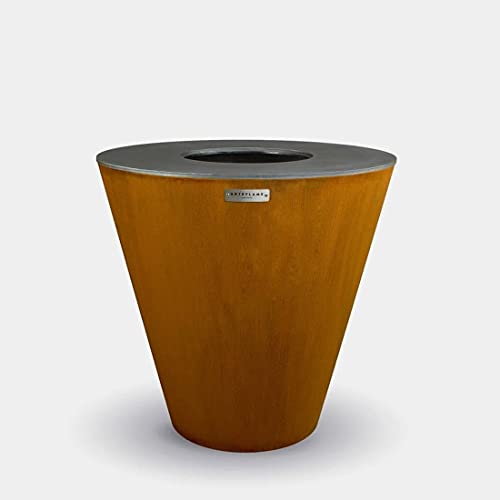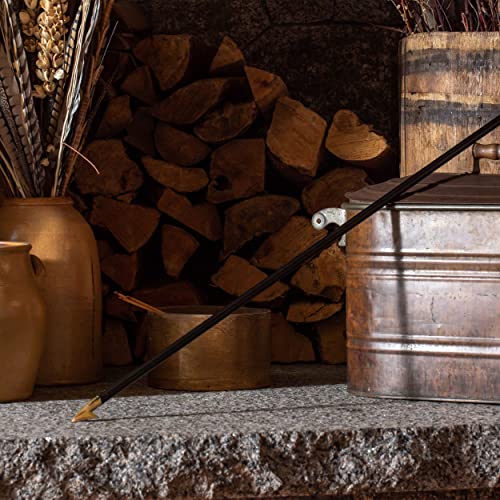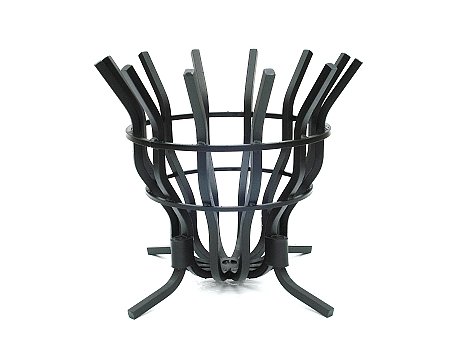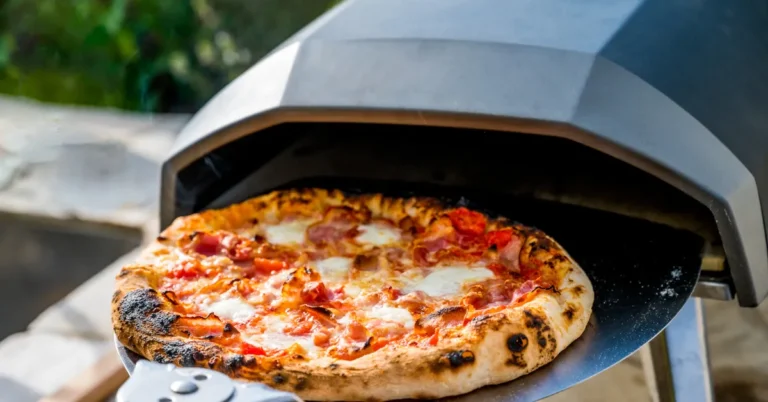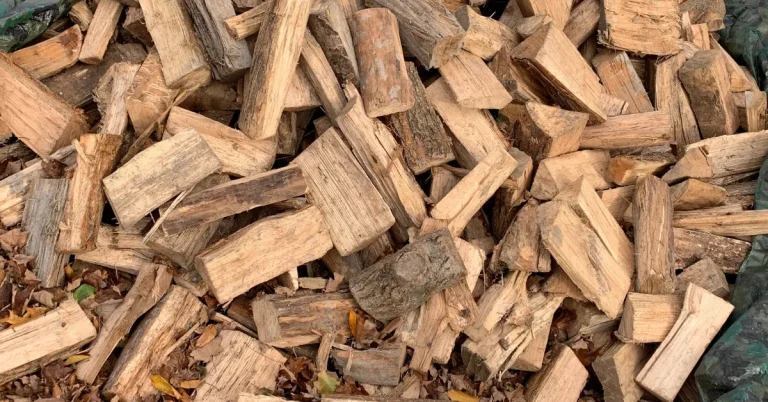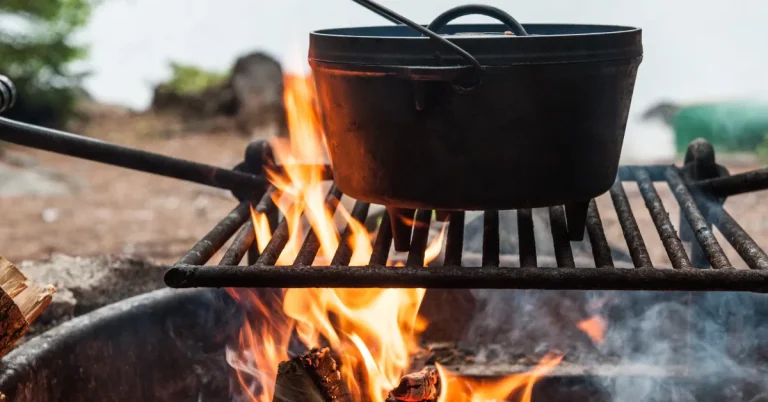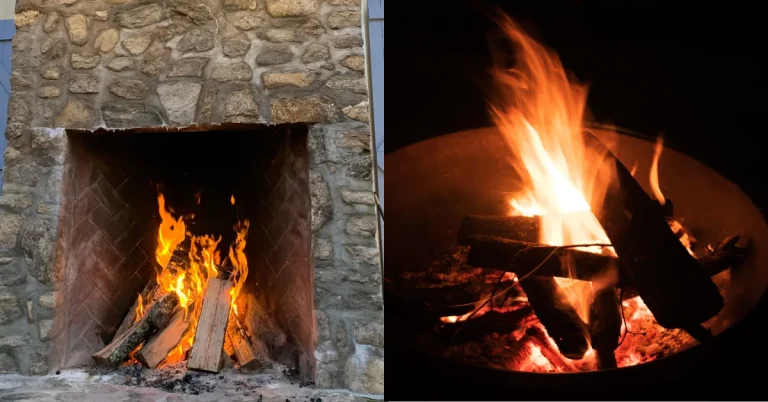Let’s dive into the “history of the fire pit”, tracing its evolution from essential survival tool to the centerpiece of modern outdoor living. We’ll explore how this ancient concept has warmed its way through time and cultures to become a beloved feature in our backyards.
Origins in Prehistory
Fire pits began as simple ground pits in the Paleolithic era, around 2.3 million years ago. Early humans would gather around these pits, using them for warmth, cooking, and protection. These initial fire pits were modest in size, often just a few feet in diameter, dug into the ground with stones lined around to contain the fire.
Cultural Significance Across Civilizations
As civilizations advanced, so did the complexity and significance of fire pits. They became larger and more sophisticated, reflecting their central role in community and culture.
Ancient Rome (8th Century BC to 5th Century AD)
In the heart of Ancient Rome, the fire pit, known affectionately as ‘focus’, was more than just a source of warmth; it was the centerpiece of Roman domestic life. Constructed within the atrium—the central hall of the Roman domus—these fire pits were ingeniously designed from stone or brick, often measuring up to 4 feet in width. The atrium itself was not just a part of the home but a statement of wealth and status, and the focus played a central role in this display.
The design of these ancient fire pits was a testament to Roman engineering prowess. The focus was strategically placed to maximize heat distribution, while its construction materials were chosen for their durability and ability to retain heat. Some wealthier homes even featured more elaborate versions, adorned with intricate mosaics and flanked by statues, reflecting the owner’s status and the artistic trends of the time.
Beyond its practical uses for cooking and heating, the focus served as a sacred spot where the family would gather to perform domestic rituals and offer prayers to the household gods, or Lares and Penates. This spiritual aspect of the fire pit underscored its importance not just as a physical structure but as a symbol of familial unity and protection.
The evolution of the focus over the centuries mirrored the architectural and societal shifts in Rome. From the Republic to the Empire, as homes grew more complex and luxurious, the focus remained a constant, adapting to new aesthetics and technologies but always maintaining its role as the heart of the Roman home. It was here, around the warm glow of the fire, that families would come together to share meals, stories, and prayers, weaving the fabric of everyday Roman life.
Native American Tribes (Pre-Colonial America)
For Native American tribes across the continent, the fire pit was not merely a physical structure but a sacred element deeply woven into the fabric of their cultural and spiritual life. These fire pits, meticulously constructed from stones, were often situated at the heart of tribal camps or villages, serving as communal hubs where the day’s end brought tribespeople together in a circle of unity and warmth.
These communal fire pits varied in size, reflecting the needs and the size of the tribe, but they were invariably designed to accommodate the entire community sitting in a circle. This circular arrangement was symbolic, representing the cycle of life, the seasons, and the connection between the physical world and the spiritual realm. It fostered a sense of equality and togetherness among the tribe members, as everyone had a place around the fire.
The construction of these fire pits was a careful process, utilizing locally sourced stones that were resistant to heat and cracking. The choice of stones and the construction technique varied between regions and tribes, showcasing a rich diversity in indigenous architectural knowledge. In addition to their communal fire pits, many tribes also used smaller, personal fire pits within their dwellings for warmth and cooking, further underscoring the centrality of fire in their daily lives.
More than just sites for cooking and warmth, these fire pits were integral to tribal ceremonies and celebrations. From storytelling sessions that passed down the tribe’s history and values to the next generation, to healing rituals, dances, and rites of passage, the fire pit served as a focal point for these important cultural events. The flames of the fire were believed to carry prayers to the Creator, making the fire pit a bridge between the earthly and the divine.
The use of fire pits by Native American tribes is a testament to their profound connection to the elements of nature and their understanding of the land. Even today, the sacred fire continues to be a central aspect of many tribal ceremonies, preserving the heritage and the spiritual practices that have defined these communities for centuries.
Medieval Europe (5th to 15th Century)
In the tapestry of medieval Europe, the fire pit held a place of honor within the grand halls of castles and the homes of the nobility. Evolving from simple ground pits to elaborate architectural features, these fire pits were a testament to the era’s blending of functionality and artistry. Often spanning over 10 feet in width, they were constructed from the finest materials available, including stone and iron, which not only reflected the grandeur of medieval architecture but also the technological advancements of the time.
The design of these majestic fire pits was influenced by the need for warmth, light, and cooking facilities within the vast stone walls of medieval buildings, which could be bitterly cold and dark. Placed at the heart of the great hall, the social and political center of castle life, the fire pit served as a gathering point for feasts, celebrations, and the administration of justice. Around this central fire, lords, ladies, knights, and guests would come together, basking in the warmth and light it provided.
But these fire pits were more than just practical features; they were symbols of power and hospitality. Hosting a grand feast with a roaring fire showcased the wealth and generosity of the host, reinforcing social hierarchies and bonds of allegiance. The fire pit’s flames illuminated the intricate tapestries and stonework of the hall, casting dancing shadows that brought to life the legends and stories depicted within them.
In addition to their use in castles, fire pits were also an integral part of monastic life in medieval Europe. Monasteries used them for cooking, heating, and in their scriptoriums, where monks would painstakingly copy and illuminate manuscripts. The warmth of the fire pit enabled the delicate work of writing and painting, even in the chill of winter.
The construction of these fire pits required skilled craftsmanship, with masons and metalworkers collaborating to create both functional and decorative elements. Iron firebacks were introduced to protect the stonework and reflect heat into the room, an innovation that improved the efficiency of these large fire pits. Over time, the design of fire pits became more sophisticated, including the addition of chimneys to draw smoke out of the great hall, improving the comfort and health of its occupants.
The legacy of the medieval fire pit endures in the modern imagination, evoking images of festive gatherings, chivalric romance, and the timeless human quest for warmth and community. It reminds us of a period when the fire was a focal point of daily life, embodying the spirit of an era that, despite its challenges, celebrated the warmth of human connection.
Evolution and Modern Use
The industrial revolution marked a turning point in the “history of the fire pit”, with advances in heating technology transforming its role in daily life.
From Necessity to Leisure (19th Century Onwards)
As we step into the 19th century and move through to the modern day, the evolution of the fire pit reflects a significant shift in human society. No longer a survival necessity, fire pits have transformed into symbols of leisure, luxury, and design. This transition is emblematic of broader changes in technology, lifestyle, and social practices that have allowed people to view fire not just as a source of warmth and food preparation, but as a core element of outdoor living and design aesthetics.
The industrial revolution played a pivotal role in this transformation. With the advent of central heating and modern cooking appliances, the practical need for fire pits diminished. However, the human fascination with fire and the communal spirit it engenders did not wane. Instead, it found new expression in the development of fire pits designed for enjoyment and entertainment. Today, fire pits are crafted using modern materials like stainless steel, cast iron, and decorative stone, embracing a variety of shapes and sizes to suit any outdoor space—from cozy urban balconies to expansive garden patios.
Contemporary fire pits are masterpieces of design and functionality. Portable models offer flexibility and convenience, allowing users to create a warm, inviting atmosphere wherever they choose, while large, built-in structures serve as the centerpiece of outdoor living spaces, around which people gather to share stories, enjoy meals, and simply bask in the glow of the flames. The use of durable, weather-resistant materials ensures that these fire pits not only look stunning but can withstand the elements, providing warmth and beauty for years to come.
Design trends in modern fire pits also reflect a deep appreciation for the aesthetic qualities of fire. From sleek, minimalist designs that complement a modern architectural aesthetic to rustic styles that evoke a sense of connection with nature, there is a fire pit to match any decor. Innovations in fuel sources, such as natural gas and propane, offer convenience and control, allowing for instant flames without the smoke and ash associated with traditional wood fires. This shift not only enhances the user experience but also addresses environmental concerns, making it easier for people to enjoy the warmth and ambiance of a fire pit while minimizing their ecological footprint.
The transformation of the fire pit from a necessity to a leisure item is a testament to human ingenuity and our enduring relationship with fire. It symbolizes our ability to adapt and innovate, turning simple elements of survival into sources of joy and community. As we gather around modern fire pits, we continue a tradition that has united humanity for millennia, reimagined for the contemporary world.
Conclusion
The journey of the fire pit, from its primal origins to its status as a modern luxury, mirrors the evolution of human society itself. With each era, the fire pit has adapted, reflecting the needs, technologies, and aesthetic values of the time. Gathering around the fire transcends mere warmth; it’s an act steeped in centuries of tradition, innovation, and community. We’re not just sharing stories and basking in the glow; we’re participating in a ritual that celebrates culinary arts, from grilling to gourmet cooking, right in our backyards.
At Table and Court, we recognize that the fire pit is a hub of outdoor entertainment, offering more than just warmth. It’s where culinary adventures begin, from sizzling barbecues to rustic campfire cooking. Our selection of blog posts, tools, and equipment is designed to enhance this experience, guiding you through the art of fire pit cooking and grilling. Whether you’re flipping burgers, roasting vegetables, or even baking pizza over the flames, we have everything you need to elevate your outdoor culinary skills.
Embracing the fire pit as a focal point for both warmth and cooking allows us to connect with traditions old and new, turning every gathering into an opportunity to create, share, and savor delicious meals. The fire pit becomes a stage for culinary creativity, blending the primal appeal of open flames with the sophistication of modern outdoor dining. Here’s to the “history of the fire pit”—may it continue to light up our nights and warm our hearts, as we gather to cook, eat, and enjoy the company of friends and family under the stars.
In the spirit of continuing this rich tradition, Table and Court invites you to explore our curated collection of fire pits, alongside a wealth of resources for outdoor cooking and grilling. Let us help you transform your outdoor spaces into a haven of hospitality, where the flames of the fire pit ignite endless possibilities for culinary exploration and communal joy. Together, let’s keep the fire burning and the plates full, cherishing the moments of togetherness that only a fire pit can inspire.
